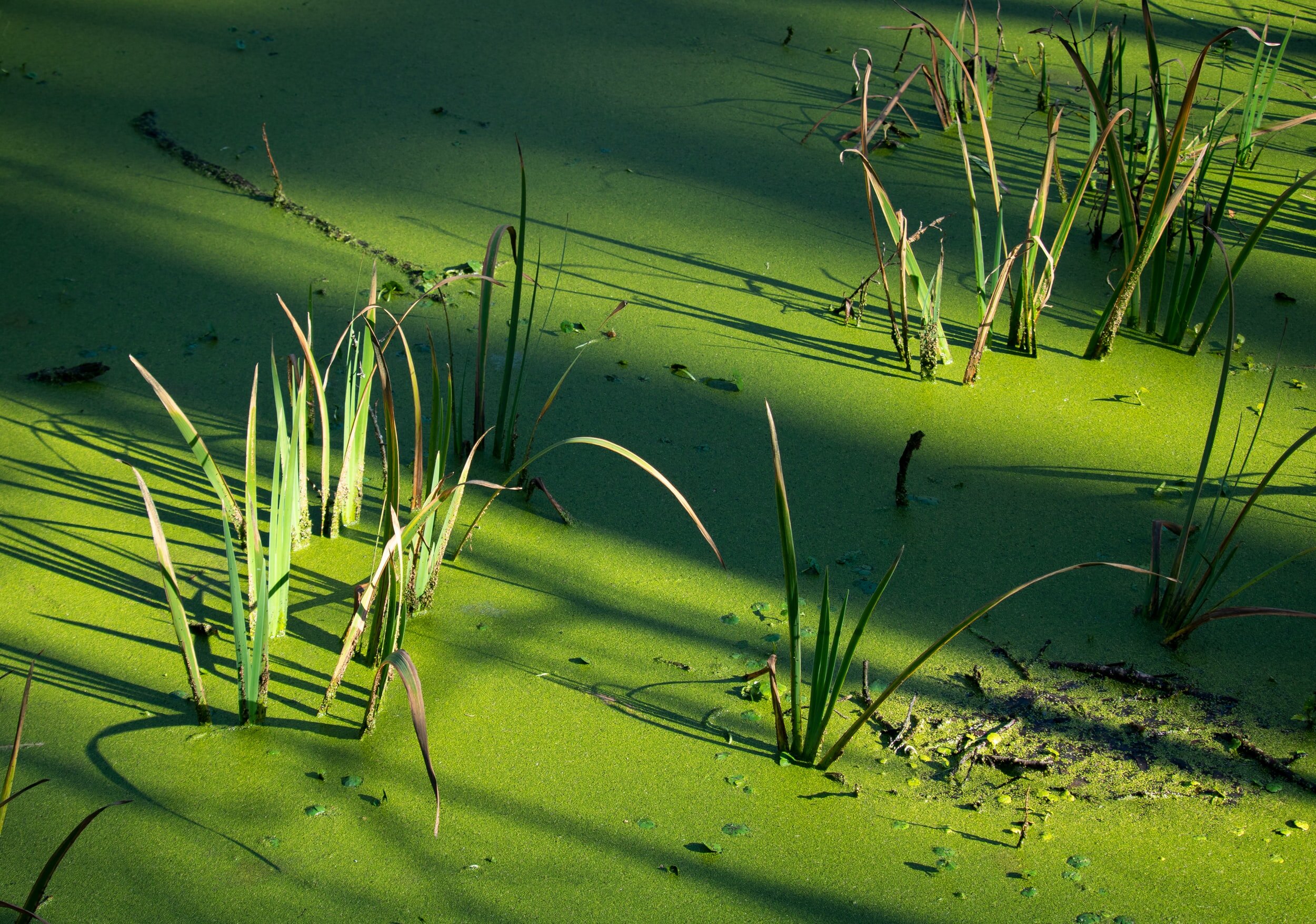Resources
A summary of mitigation banking and some helpful links
What is a mitigation bank?
A Florida wetlands mitigation bank is a resource area that has been restored, established, enhanced, or in some circumstances, preserved for the purpose of providing compensation for unavoidable impacts permitted under the Clean Water Act or state wetlands regulation. Private and public projects sometimes cause adverse impacts to aquatic and biological resources even after implementing the best avoidance and minimization practices available. These unavoidable impacts typically require compensatory mitigation to ensure that the ecological losses are offset and do not result in a net loss of wetlands.
State and federal agencies are responsible for determining the appropriate form and amount of compensatory mitigation required. Mitigation banks are created under a formal agreement with these regulatory agencies, who must review and approve the ecological assessment techniques to certify that the credits offered provide the required ecological functions to offset impacts.
What are credits?
Credits are used to represent the ecological gains at a bank site. The gains are typically considered in terms of benefits to aquatic or other resources that are expected to result from the types of activities implemented at the bank site. The number of credits earned by a bank is based on the quantity and quality of the resources that are restored, created, enhanced, or preserved. Credits are measured in functional units through the Unified Wetland Assessment Method (UMAM). The number of potential credits a bank may earn is determined by the bank owner, the state, and the Interagency Review Team during the bank certification process.
What is a service area?
The service area for a mitigation bank is the area outside the bank property within which the bank owner may sell credits. The regulatory agencies determine service areas based on physical and ecological attributes such as watersheds, soil types, species recovery units, and/or species and population distributions. Banks with more than one type of credit may have different service areas designated for different credit types.
What is a wetland?
Because the term wetland can mean different things to different people, it is necessary to have a technical definition to standardize the concept.
Florida wetlands are defined as those areas that are inundated or saturated by surface water or ground water at a frequency and a duration sufficient to support, and under normal circumstances do support, a prevalence of vegetation typically adapted for life in saturated soils. Soils present in wetlands generally are classified as hydric or alluvial, or possess characteristics that are associated with reducing soil conditions.
The prevalent vegetation in wetlands generally consists of facultative or obligate hydrophytic macrophytes that are typically adapted to areas having soil conditions described above. These species, due to morphological, physiological or reproductive adaptations, have the ability to grow, reproduce or persist in aquatic environments or anaerobic soil conditions. Florida wetlands generally include swamps, marshes, bayheads, bogs, cypress domes and strands, sloughs, wet prairies, riverine swamps and marshes, hydric seepage slopes, tidal marshes, mangrove swamps and other similar areas. Florida wetlands generally do not include longleaf or slash pine flatwoods with an understory dominated by saw palmetto.
However, just as the general term wetland has been subject to varying opinions so have some of the concepts of the definition. To further clarify and standardize the intent of the definition, a methodology for identifying and delineating wetlands is provided in Rule 62-340 F.A.C.



